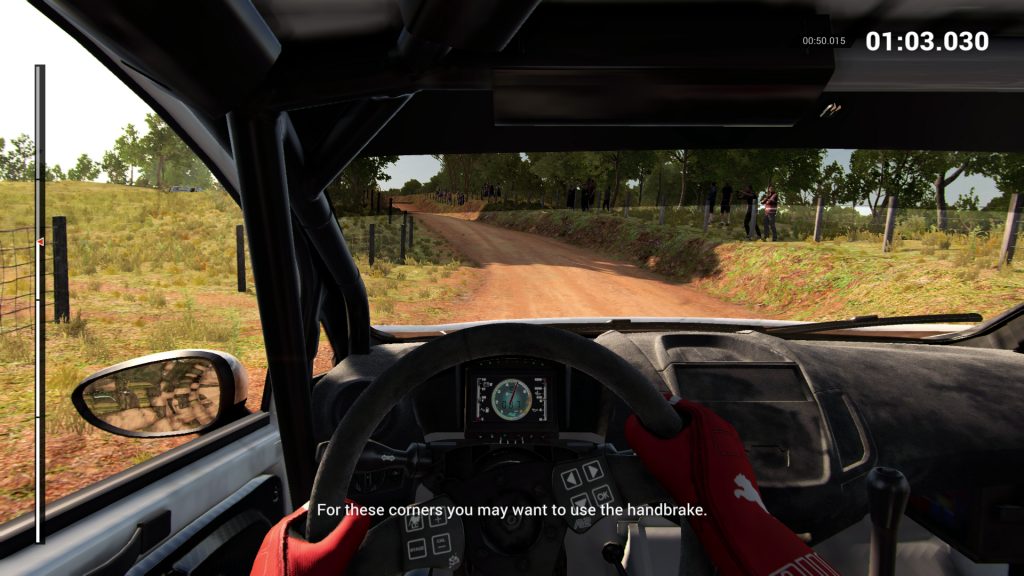Critical design challenge: an immersive start of a new game
During my ongoing literature review I often discover interesting facts about things I’ve never thought about. Sometimes I can connect these facts with my own observations: The result is mostly a completely new idea why things are as they are. Maybe these ideas are new to you, too. Therefore I’ll share my new science based knowledge with you!
This week: This time, I think about the critical phase at the start of a game when players need to get immersed in the gameplay and being taught how to successfully play the game.
The start of a game is a very critical phase as players need to get immersed in the gameplay while simultaneously learning the general game controls. Hence, game developers are challenged to design a game’s beginning in such a way that it informs players about the underlying game mechanics while already providing them with clear goals and a constant feedback thus creating the potential for game flow.
This often is achieved with action-packed tutorial missions that put players into a precarious situation and subsequently guide them through the mission by explaining important game mechanics and requiring their execution. Thus, players already get introduced to the game’s story while simulatenous being taught how to successfully play the game. In order to increase the immersive effectivity of these tutorial missions, some computer games already start with a tutorial before even showing the game’s main menu. As a result of this, players are immersed in the gameplay right from the moment they have loaded the game for the first time.
While this approach works for most games that implement traditional game controls, e.g., using the mouse to look around and pressing the W, A, S, D keys to initiate a movement, it is more complex for games–in particular simulation games–that can be played with additional configurable hardware, such as steering wheels, joysticks and other controllers. Those games often require a customization of the controls for the purpose of matching a player’s personal preferences of using the input devices. This can especially be problematic when specific functions are not mapped to the buttons a player is used to. In such a scenario, an immediate tutorial mission often leads to a high degree of confusion as players are not satisfied with the inputs and their general performance.

DiRT 4 – Initial Tutorial
Unfortunately, this exactly happened in DiRT4 (it got released yesterday), a game I was really looking forward to as I thoroughly enjoyed its predecessor DiRT Rally. After having played DiRT Rally a lot, I have developed an advanced mental model for the virtual rally racing and I hoped to use this mental model to transfer my knowledge to DiRT4. Hence, I was really surprised as I found myself suddenly at the start of a stage without even being given the chance to adjust the game’s settings and controls. As a result of this, I was not very happy with my first minutes of playing the game as this sudden start just resulted in a high degree of confusion. It would have been much more interesting, if the developers would have experimented with an immersive form of configuring the game than forcing players to race with an unknown setup.
In the end, the way how players are informed about a game’s game mechanics and controls should not always follow the goal of achieving a very immersive and action-packed start, but be aligned with the game’s general gameplay and challenges instead. In the case of simulation games, players are challenged to operate the simulated vehicles in a very realistic way and hence they need to be aware of the controls before even given the chance to control one of the vehicles.